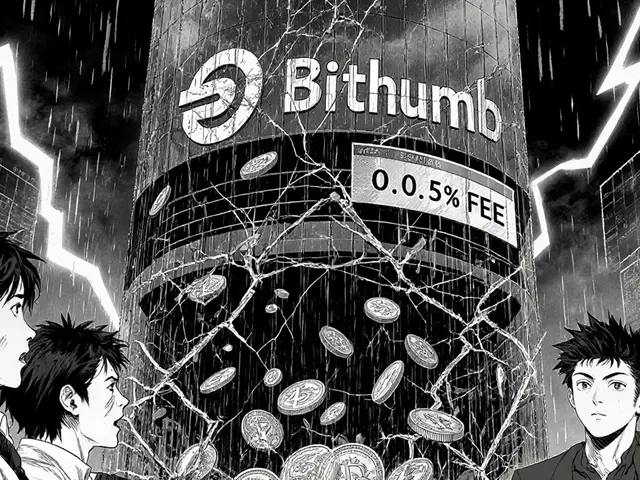National Debt Reduction
When tackling National Debt Reduction, the effort to lower a country's total outstanding sovereign debt through fiscal adjustments, growth‑boosting policies, and debt restructuring. Also known as debt amortization, it helps protect future budgets, keeps interest costs in check, and builds confidence among investors and citizens alike.
One of the main levers is Fiscal Policy, government decisions about taxation and spending that directly affect the debt trajectory. When a government tightens spending or raises taxes, the budget gap narrows, giving the debt a chance to shrink. Conversely, an expansionary stance can boost economic growth, which indirectly lowers the debt‑to‑GDP ratio – a critical health metric. Speaking of metrics, the Debt‑to‑GDP Ratio, the proportion of a nation's debt compared to its total economic output tells you whether the economy can comfortably service its obligations. A lower ratio usually signals stronger fiscal sustainability and lower borrowing costs.
Another piece of the puzzle is the Budget Deficit, the shortfall when a government's annual expenditures exceed its revenues. Reducing that deficit—through either higher revenue collection or smarter spending—creates a fiscal surplus that can be funneled into debt repayment. Finally, governments often turn to Sovereign Bonds, debt securities issued by a national treasury to finance expenditures or refinance existing debt. By issuing longer‑term bonds at lower rates, a country can lower its immediate debt service burden and free up cash for reduction initiatives.
Why It Matters Today
In a world where digital assets and crypto markets are reshaping finance, the principles of national debt reduction still hold firm. For example, Central Bank Digital Currencies (CBDCs) can improve payment efficiency, potentially reducing the costs tied to sovereign debt servicing. At the same time, a well‑managed debt profile can make a country more attractive to crypto investors, who look for stable regulatory environments. The collection of articles below explores these intersections – from how blockchain can enhance fiscal transparency to the role of crypto‑linked sovereign bonds in future financing.
Below you’ll find practical guides, deep‑dive analyses, and real‑world case studies that illustrate each of these concepts in action. Whether you’re a policy‑maker, a finance professional, or just curious about how governments keep their books balanced, the resources here will give you a clear roadmap for understanding and influencing national debt reduction.
Ready to see how these ideas play out across different markets and tech trends? Dive into the posts below for actionable insights, step‑by‑step strategies, and the latest data that can help shape smarter debt‑management decisions.
DebtCoin (DEBT) is a Solana memecoin that directs trading fees to the U.S. Treasury, aiming to reduce national debt while offering transparent, verifiable contributions.
Read More





